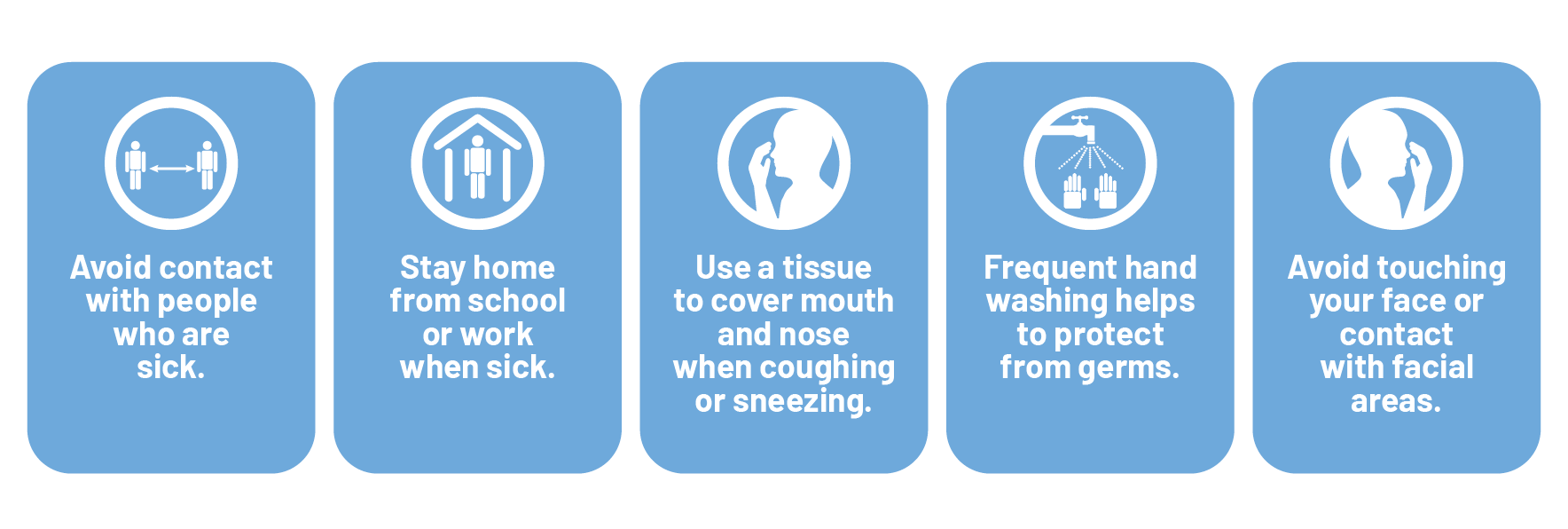Flu season can affect anyone, but with the right information and preparation, you can protect yourself and your family. Knowing when flu season starts helps you take preventive steps early. By spotting symptoms quickly, you can get the right treatment options and know when to seek medical care. Understanding how the flu vaccine protects you—and when to get it—plays a key role in keeping your household safe and healthy all season long.
The flu (short for influenza) is an illness caused by a virus. It is not the same as the “stomach flu,” which affects the stomach and intestines.
When is flu season?
- The U.S. flu season typically occurs in the fall and winter.
- The highest number of flu cases usually happen between December and February, but flu viruses can spread all year.
- Because timing can change, it’s best to prepare early—ideally in September or October.
Tip for caregivers: Plan to get your household vaccinated before the flu is widely circulating.
What are common flu symptoms?
According to the American Academy of Pediatrics, flu symptoms may start suddenly and include:
- Fever (usually above 100.4F or 38 C)
- Chills
- Body aches, headache, and being a lot more tired than usual
- Sore throat
- Dry, hacking cough
- Stuffy, runny nose
- Some people, especially children, may have vomiting and diarrhea
Why it matters: Recognizing symptoms early helps you decide when to keep your child home, contact a healthcare provider, or consider antiviral treatment.
What are the complications of the flu and who is at higher risk of experiencing them?
- Children younger than 5 years old, especially those under 2
- Pregnant people
- Adults 65 years and older
-
People with health problems such as asthma, diabetes, heart or lung disease, kidney disease, cancer, or brain and nerve conditions
- Trouble breathing or unusually rapid breathing
- Pale, gray or blue-colored skin, lips or nail beds, depending on skin tone
- Ribs looking like they pull in with each breath
- Chest pain
- Muscle pain so severe that your child refuses to walk
- Dehydration (no peeing for 8 hours, dry mouth, and no tears when crying)
- While awake, your child is not alert or interacting with you
- Seizures
- Fever above 104°F
- In children less than 12 weeks, any fever
- Fever or cough that seem to improve but then return or worsen
- Worsening chronic medical conditions, such as asthma
How can I prevent the flu?
- The single best way to reduce your risk of flu (and severe flu outcomes) is to get a flu vaccine each year.
- Additional prevention steps:
- Wash hands often with soap and water or use hand sanitizer
- Cover coughs and sneezes; throw tissues away
- Avoid close contact with sick people
- Stay home when you’re sick to prevent spreading flu to others
- Clean frequently touched surfaces and improve ventilation when possible
Caregiver takeaway: Make sure everyone age 6 months and older is vaccinated. Encourage good hygiene habits at home and school.
What is the flu vaccine?
This season, you can choose either the flu shot, an inactivated, killed vaccine (given as an injection) or the nasal spray, a live-attenuated vaccine. Both are safe and effective ways to protect against the flu.
The flu vaccine helps your body build protection against the virus. It takes about two weeks after vaccination for your immune system to be fully ready. Getting vaccinated before flu season peaks helps keep you and your family healthy, so you can keep enjoying your everyday activities.
Caregiver takeaway: Vaccination is safe, effective, and one of the key actions you can take to protect your family and others.
What are the treatment options for the flu?
Most people who get the flu have mild symptoms and don’t need special medicine. Getting extra rest, drinking plenty of fluids, and taking acetaminophen (Tylenol) or ibuprofen (Motrin, Advil) as recommended by your doctor usually helps your child feel better.
Sometimes, doctors may prescribe antiviral medicine to treat the flu. These medicines can help shorten how long someone is sick and make symptoms milder. They work best if started within 2 days after symptoms begin.
If your child is at higher risk for flu complications, call your doctor within 24 hours of the first symptoms to ask if antiviral medicine might help.
Important: Antibiotics do not work against the flu because it is caused by a virus, not bacteria.
Tip for caregivers: If your child or another family member has flu symptoms and is at higher risk (young child under 5, older adult, pregnant person, or someone with a long-term illness), contact your healthcare provider early to talk about treatment options.
Will there be a combined flu and COVID-19 vaccine?
Unfortunately, not this year. However, multiple manufacturers have announced a combination shot for flu and COVID-19 that will undergo clinical trials. Like most new vaccinations, a combined flu and COVID-19 shot will likely first be tested on adults before it becomes available for kids. Manufacturers believe combination shots will simplify the process for people to protect themselves against respiratory viruses that typically surge around the same time of the year.
What are some healthy habits to help protect against the flu?
The most effective method to decrease the risk of flu and its potential serious complications is through annual vaccination. However, the CDC shares additional steps to take to avoid getting sick:

Practice general health habits, such as regularly cleaning and disinfecting frequently touched surfaces, especially during illness. Prioritize getting good sleep, staying physically active, managing stress, maintaining hydration, and following a nutritious diet.

